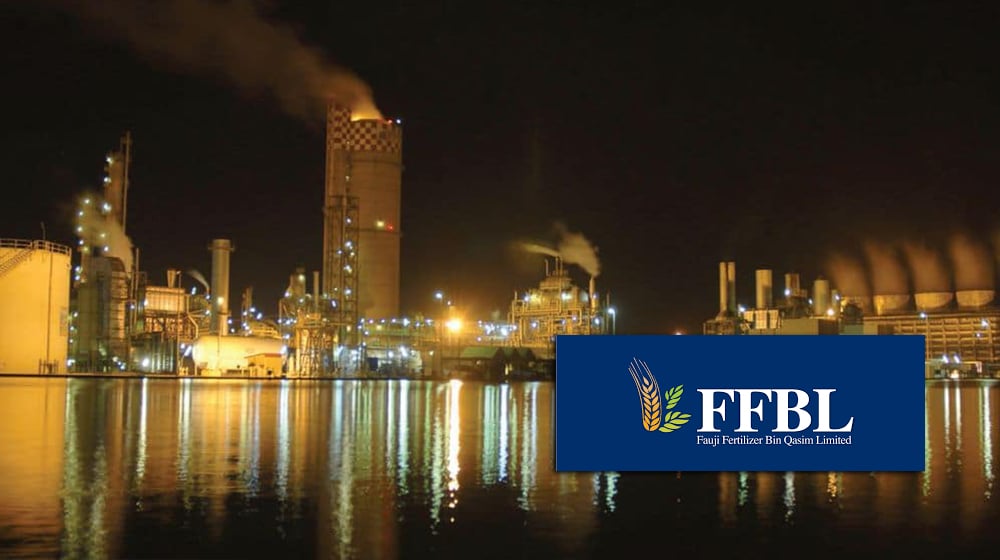Fauji Fertilizer Bin Qasim (FFBL) has made a remarkable financial turnaround in the third quarter of 2023 (3QCY23) as they announced their financial results. In this quarter, they reported an astonishing unconsolidated profit of Rs. 5.3 billion, a striking contrast to the Rs. 1.7 billion loss reported during the same period the previous year. This unprecedented profit pushed their earnings for the first nine months of 2023 to Rs. 354 million, though this was down 79 percent compared to the same period in 2022.
The surge in profit was largely attributed to a lower-than-expected effective tax rate. FFBL’s net sales also skyrocketed, increasing by 210 percent year-on-year to reach Rs. 70 billion. This surge in sales was primarily driven by a significant increase in the demand for DAP (Diammonium Phosphate), which increased fivefold to 344,000 tons. However, urea sales declined by 31 percent year-on-year to 73,000 tons.
While the company enjoyed a boost in sales, gross margins were slightly reduced, falling by 1.9 percentage points to 14.8 percent in 3QCY23. This reduction was partially due to higher selling and distribution expenses, which increased by 131 percent year-on-year, mainly due to increased DAP sales.
Additionally, FFBL’s other income saw a substantial increase, rising by 196 percent year-on-year to Rs. 2.8 billion in 3QCY23, thanks to higher interest income and income from mutual funds. The company also reported a gain from the sale of its holding in Fauji Meat Limited.
However, increased borrowings and higher interest rates led to a 98 percent year-on-year rise in finance costs, amounting to Rs. 2.3 billion. FFBL’s tax expenses for the quarter were Rs. 5.3 billion, with an effective tax rate of 26.1 percent.
In summary, Fauji Fertilizer Bin Qasim has surprised the market by achieving record-breaking profits in 3QCY23, marking a significant turnaround from their previous year’s losses, driven by strong sales of DAP and a lower tax rate.

